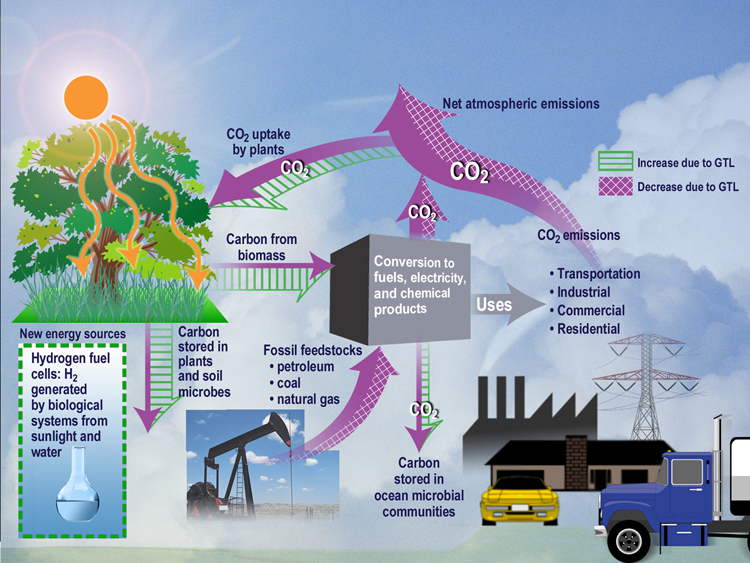Earth's energy budget accounts for the energy Earth receives from the Sun. Much of this energy is lost when the earth re-radiates it back into outer space, and the rest of the energy is distributed throughout the five components of Earth's climate system. This system is made up of earth's water, ice, atmosphere, rocky crust, and all living things - wikipedia ![]()

Earth's energy budget, with incoming and outgoing radiation (Values are shown in W/m2). Satellite instruments (CERES) measure the reflected solar and emitted infrared radiation fluxes. The energy balance determines Earth's climate.
- wikimedia ![]()
Quantifying changes in these amounts is required to accurately model the Earth's climate.
Received radiation is unevenly distributed over the planet, because the Sun heats equatorial regions more than polar regions. Energy is absorbed by the atmosphere, hydrosphere, and lithosphere, and, in a process informally described as Earth's heat engine, the solar heating is redistributed through evaporation of surface water, convection, rainfall, winds, and ocean circulation.
When the incoming solar energy is balanced by an equal flow of heat to space, the Earth is said to be in Radiative Equilibrium and under that condition, global temperatures will be stable.
A Sankey diagram illustrating the Earth's energy budget described in this section — line thickness is linearly proportional to relative amount of energy - wikimedia ![]()
Disturbances of Earth's radiative equilibrium, such as an increase of Greenhouse Gases, will change global temperatures in response. However, Earth's energy balance and heat fluxes depend on many factors, such as atmospheric composition (mainly aerosols and greenhouse gases), the albedo (reflectivity) of surface properties, cloud cover and vegetation and land use patterns.
For a breakdown of the earth's energy budget into tables (see below).
27 Reflected from top of clouds 2 Reflected by snow and ice covered areas 6 Reflected by other parts of atmosphere 14 Absorbed by atmosphere - insolation 19 Absorbed - latent heat of condensation 9 Absorbed - convection and turbulence 6 Absorbed - directly by surface 17 Radiated directly to space SUM
For a stage by stage breakdown check the page on Global Solar Budget.
Changes in surface temperature due to Earth's energy budget do not occur instantaneously, due to the inertia of the oceans and the cryosphere.
The net heat flux is buffered primarily by becoming part of the ocean's heat content, until a new equilibrium state is established between radiative forcings and the climate response.
In spite of the enormous transfers of energy into and from the Earth, it maintains a constant temperature because, as a whole, there is no net gain or loss: Earth receives the same amount of energy via insolation (all forms of electromagnetic radiation) as it emits via atmospheric and terrestrial radiation (shifted to longer electromagnetic wavelengths) to space.
Ultimately, energy is radiated in the form of longwave infrared radiation back into space - wikipedia ![]()
Over geological time this is however not constant. As James Lovelock pointed out the amount of the suns energy falling on earth has fallen by around a third in the last 5 billion years, and yet the earths mean surface temperature has remained remarkably constant. This was the basis of his famous Daisy World computer simulation.
Longwave radiation is usually defined as outgoing infrared energy leaving the planet. However, the atmosphere absorbs parts initially, or cloud cover can reflect radiation. Generally, heat energy is transported between the planet's surface layers (land and ocean) to the atmosphere, transported via evapotranspiration and latent heat fluxes or conduction processes.
If the incoming energy flux is not equal to the outgoing energy flux, the result is an energy imbalance, that amounts to net heat added to or lost by the planet (if the incoming flux is larger or smaller than the outgoing respectively) - wikipedia ![]()

Ecological analysis of CO2 in an ecosystem -
- wikimedia ![]()
# See also - Solar FEW - Natural greenhouse effect - Climate sensitivity - Daisy World